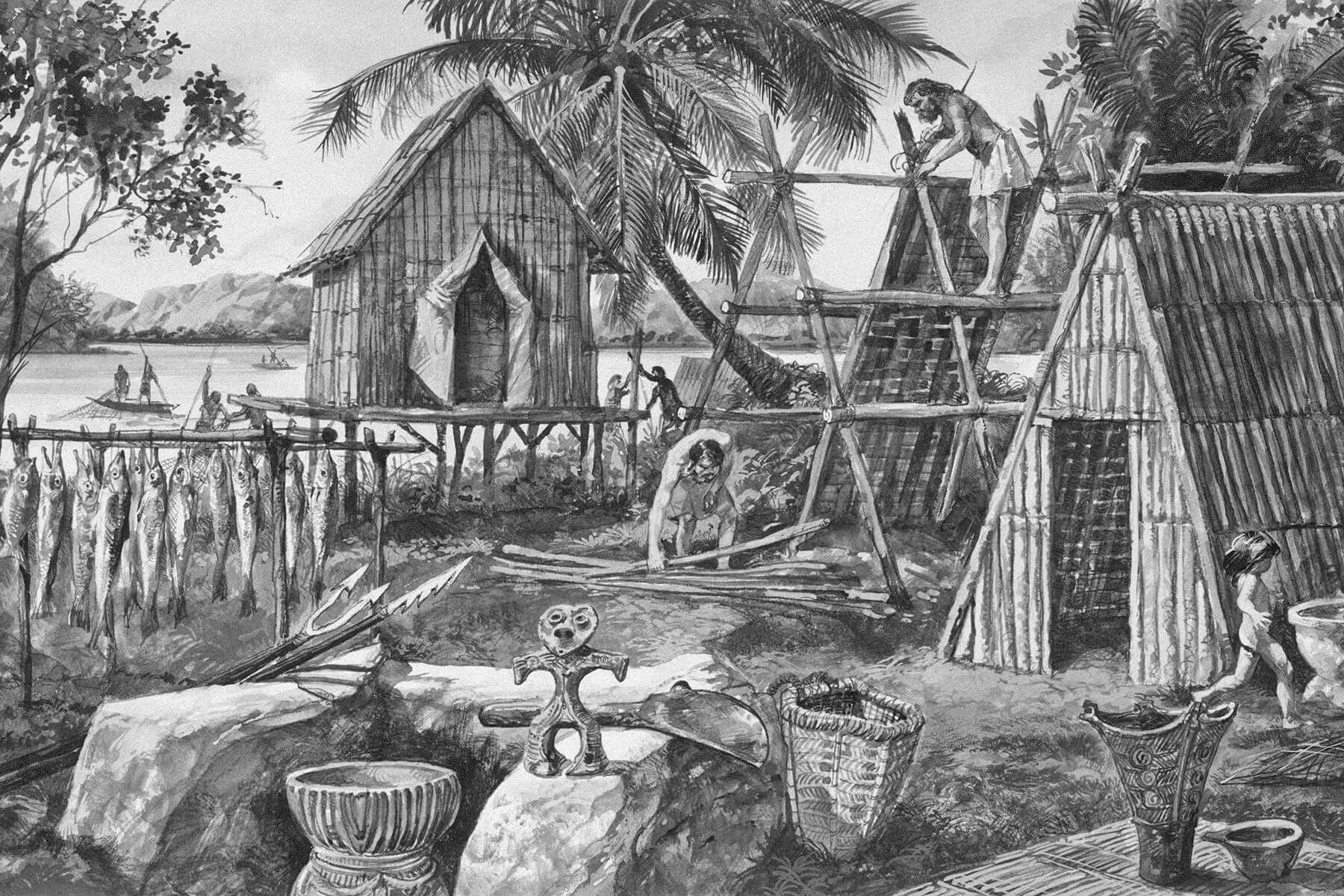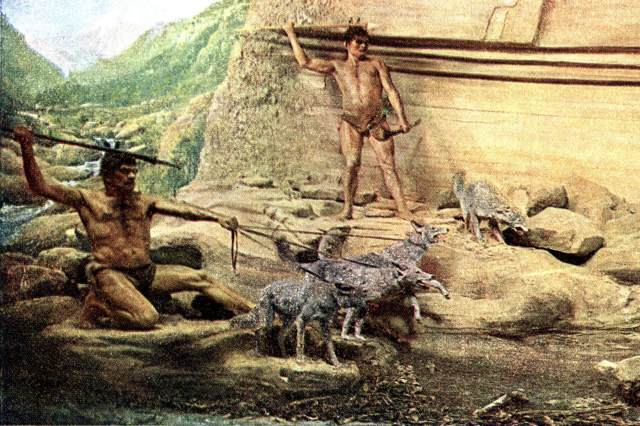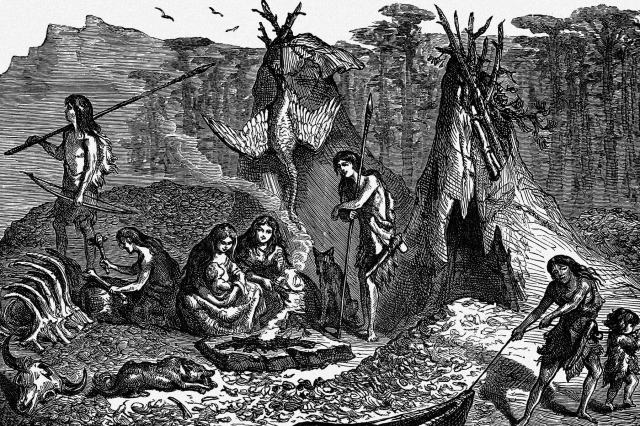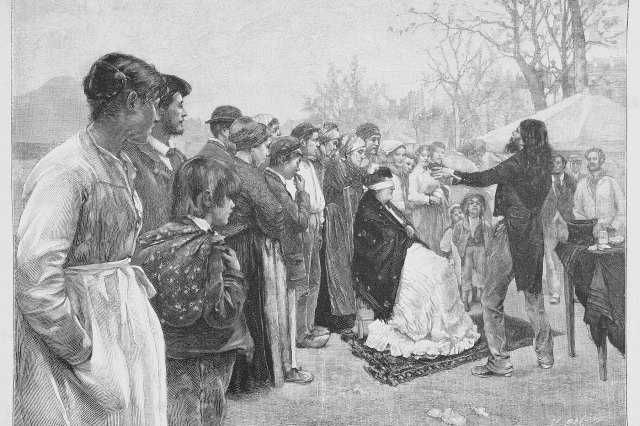7 Facts About the Earliest Humans on Earth
Recorded human history is just a tiny blip on the temporal radar. The Pyramids of Giza were built around 2500 BCE, but 4,500 years ago seems like yesterday when you compare it to the 300,000 years our species, Homo sapiens, has been around. Since our earliest ancestors didn’t leave as much behind, we know very little about how they lived.
“Human,” however, is a genus, not a species, and the history of humanity includes much more than sapiens. With new genetic research, we’re learning more about our ancestry all the time — but much of what we learn just raises even more questions. How closely related are we to Neanderthals? When did humans start making art? What were our ancestors’ day-to-day lives like? Pique your curiosity with these seven facts about the very earliest humans on Earth.

The Earliest Homo Sapiens Were From Africa
Scientists first theorized in the 19th century that humans originated in Africa, and modern genetic science has largely confirmed that to be the case, though researchers are still working to determine the exact geography. Scientists also disagree on when and how humans dispersed. One early theory suggested that our Homo sapiens ancestors started to leave Africa around 60,000 years ago. Most non-African humans today can trace their origins back to a large exodus around that time, but smaller migrations may have started much earlier. Fossil evidence shows that groups of foragers arrived in Asia around 120,000 years ago, and brought skills such as deep-sea fishing and cave art with them. Other fossil discoveries, including a 210,000-year-old skull found in Greece, suggest some humans left Africa even earlier.
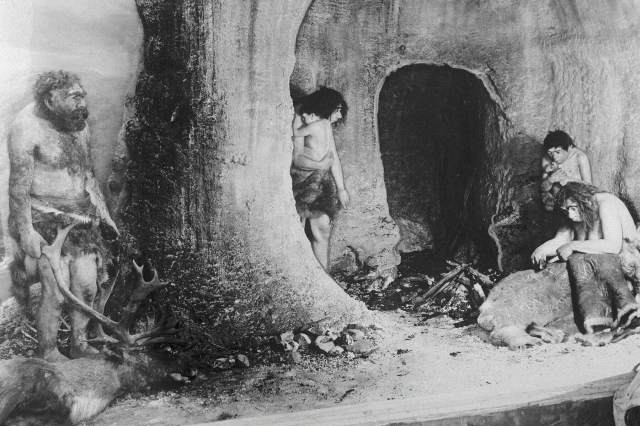
Early Human Species Mated With One Another Frequently
Homo sapiens, Neanderthals, and Denisovans — the latter of which is an early human species discovered in 2008 — share a common ancestor, Homo heidelbergensis. This species also probably came from Africa, but had reached modern-day Israel more than 700,000 years ago. It has been theorized that when one group of Homo heidelbergensis left Africa more than 400,000 years ago, some moved west to Europe and evolved into Neanderthals; others moved east to Asia and became Denisovans. Those who stayed in Africa evolved into Homo sapiens.
When Homo sapiens eventually left Africa, they encountered Neanderthals and Denisovans and started reproducing, and Denisovans and Neanderthals mated with one another, too. Those two species are now extinct, but they live on in modern human DNA, which contains a significant amount of both — most non-Africans are between 1% and 4% Neanderthal, and many people with Southeast Asian and Pacific Island heritage are up to 5% Denisovan. Recent research shows that people of African descent have some Neanderthal DNA, too, likely a result of back-and-forth migration.





